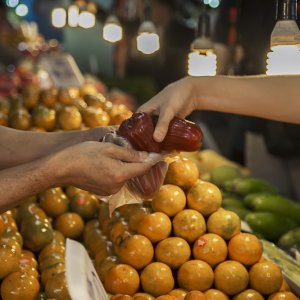
Food Waste: A Multidimensional Problem
 By Emilio Aristegui | Junior Journalist and Industry Analyst -
Thu, 07/28/2022 - 10:00
By Emilio Aristegui | Junior Journalist and Industry Analyst -
Thu, 07/28/2022 - 10:00
This week, experts discussed strategies to reduce food waste and to improve the supply chain of basic grains to create win-win relationships that benefit farming communities in Mexico and abroad.
Ready? This is the week in Agribusiness!
Food Waste is a Major, Multidimensional Problem
Food waste can be deemed an ecological catastrophe, said Kim Durand, CEO & Founder, Cheaf. “If food waste were a country, it would be the third-biggest in the world from a CO2 emissions standpoint.” Cheaf, a startup for food waste management in Mexico, is trying to solve what has been dubbed the “world’s dumbest problem.”
“The social dimension of the problem is less discussed though, although arguably not less critical. While more than 23 percent of the Mexican population lives in hunger (CONEVAL, 2022), perfectly edible food keeps being routinely thrown away on a daily basis in quantities that typically surpass the minimum necessary to feed them — and this observation scales to the rest of the world. Food waste has been qualified in the past as the “world’s dumbest problem,” and this is no surprise: it seems like a “simple” food redistribution problem that must have workable solutions, doesn’t it?” said Durand.
Agri-Food Firms Sign Agreement with Mexican Farmers
Processing foodstuffs requires buying and selling grain, which is ruled by supply and demand. Avoiding the high transportation and shipping costs of foreign commodities can be reduced by sourcing locally. Actors in the same region can build competitive markets if food producers, processors and manufacturers ally to create a well-developed team and a sense of community, leading to win-win relationships that benefit farming communities across the world.
“The story is changing in several grain producing states of Mexico, where maize and wheat farmers are selling their produce to big Mexican and multinational companies that use it to produce different goods for the Mexican market. Only five years ago, these companies were importing hundreds of thousands of tons of grain, mainly from the US, to transform it into an array of products for animal and human consumption in Mexico,” said Bram Govaerts, Director General, International Maize and Wheat Improvement Center, CIMMYT.
















